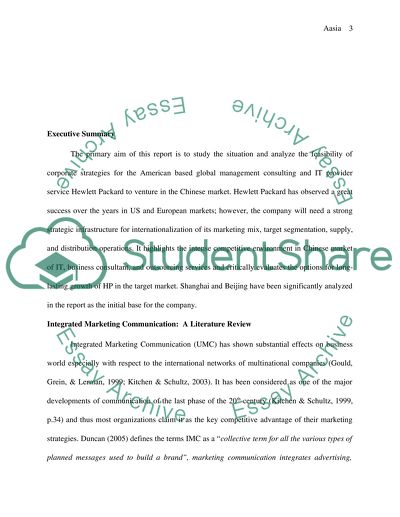Cite this document
(“Development of an integrated marketing communication mix strategy for Essay”, n.d.)
Development of an integrated marketing communication mix strategy for Essay. Retrieved from https://studentshare.org/miscellaneous/1585538-development-of-an-integrated-marketing-communication-mix-strategy-for-an-it-brand-such-as-hp-or-intel-planning-to-enter-a-new-but-very-competitive-market-such-as-russia-or-china
Development of an integrated marketing communication mix strategy for Essay. Retrieved from https://studentshare.org/miscellaneous/1585538-development-of-an-integrated-marketing-communication-mix-strategy-for-an-it-brand-such-as-hp-or-intel-planning-to-enter-a-new-but-very-competitive-market-such-as-russia-or-china
(Development of an Integrated Marketing Communication Mix Strategy for Essay)
Development of an Integrated Marketing Communication Mix Strategy for Essay. https://studentshare.org/miscellaneous/1585538-development-of-an-integrated-marketing-communication-mix-strategy-for-an-it-brand-such-as-hp-or-intel-planning-to-enter-a-new-but-very-competitive-market-such-as-russia-or-china.
Development of an Integrated Marketing Communication Mix Strategy for Essay. https://studentshare.org/miscellaneous/1585538-development-of-an-integrated-marketing-communication-mix-strategy-for-an-it-brand-such-as-hp-or-intel-planning-to-enter-a-new-but-very-competitive-market-such-as-russia-or-china.
“Development of an Integrated Marketing Communication Mix Strategy for Essay”, n.d. https://studentshare.org/miscellaneous/1585538-development-of-an-integrated-marketing-communication-mix-strategy-for-an-it-brand-such-as-hp-or-intel-planning-to-enter-a-new-but-very-competitive-market-such-as-russia-or-china.


